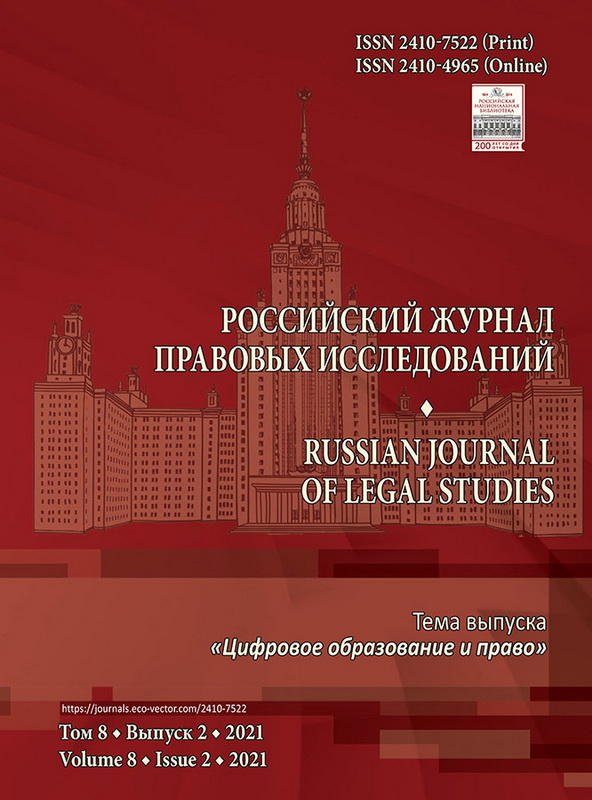Процессуальная лаборатория по исследованию исторических типов уголовного процесса
- Авторы: Ламтева А.В.1
-
Учреждения:
- Нижегородская академия МВД России
- Выпуск: Том 8, № 2 (2021)
- Страницы: 71-78
- Раздел: Уголовное право и процесс
- Статья получена: 06.05.2021
- Статья одобрена: 26.05.2021
- Статья опубликована: 12.08.2021
- URL: https://journals.eco-vector.com/2410-7522/article/view/70289
- DOI: https://doi.org/10.17816/RJLS70289
- ID: 70289
Цитировать
Полный текст
Аннотация
Данная статья посвящена исследованию исторических типов уголовного процесса по вертикали. Был проанализирован самый первый уголовно-процессуальный архетип, заложивший технологические и методологические основы для формирования следственного, состязательного и смешанного типов уголовного процесса. Приведены аргументы в пользу того, что первоначальной точкой отсчета для уголовного судопроизводства является обвинительно-состязательный тип. В статье имеют место соответствующие правовые примеры из законодательства Афин и Древнего Рима. Предпринята попытка доказать три гипотезы относительно современного типа уголовного процесса, всей последовательной системы уголовно-процессуальных моделей, а также высказаны соображения про архетип. Рассмотрен дискуссионный вопрос по поводу активной и пассивной позиций судьи при разрешении уголовного дела по существу. Обоснована авторская позиция в пользу того, что роль судьи в качестве безынициативного арбитра между сторонами была уместна лишь во времена расцвета Афин и Древнего Рима. Судебные составы при рассмотрении каждого дела состояли из нескольких сотен судей, что позволяло принять наиболее правосудное решение, а сами судьи были выходцами из народа. В частности, именно поэтому в судебном производстве до нашей эры не существовало сомнительной статистики с точки зрения принципа состязательности, и имели место как обвинительные, так и оправдательные приговоры в достаточном для демократического государства количестве. Современная процессуальная роль судьи сводится зачастую к единоличному нейтральному, но при этом активному исследованию доказательств, представленных сторонами. Особое внимание в статье уделено современному типу уголовного процесса, который именуется смешанным. А вот само его содержание рассматривается двояко — как симбиоз следственного и состязательного типов, а также как процессуальный дуэт обвинительно-состязательной и техноцентрической моделей.
Ключевые слова
Полный текст
Об авторах
Анна Вячеславовна Ламтева
Нижегородская академия МВД России
Автор, ответственный за переписку.
Email: oannes2007@mail.ru
кандидат юридических наук
Россия, Нижний НовгородСписок литературы
- Баранов В.М., Поляков М.П., Сычева О.Н. Презумпция истинности приговора: Монография. Н. Новгород: Нижегородская академия МВД России, 2010. 300 с.
- Давыдов В.А. Что понимать под принципами уголовного процесса // Уголовный процесс. № 10. 2019. С. 24–30.
- Поляков М.П. Идеологический подход и уголовно-процессуальная концептология как инструменты познания сущности отечественного уголовного судопроизводства // Труды Академии управления МВД России. 2018. № 1 (45). С. 43–47.
- Манова Н.С., Чурикова А.Ю. Как сделать адвокатское расследование эффективным средством доказывания // Уголовный процесс. № 9. 2020. С. 62–69.
- Поляков М.П., Смолин А.Ю. Концептологический анализ феномена электронных доказательств // Вестник Нижегородской академии МВД России. 2019. № 2 (46). С. 135–145.
Дополнительные файлы








